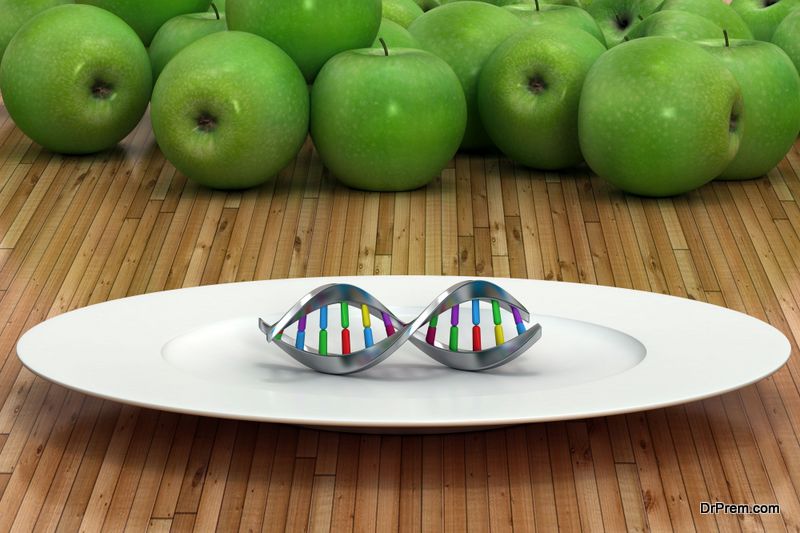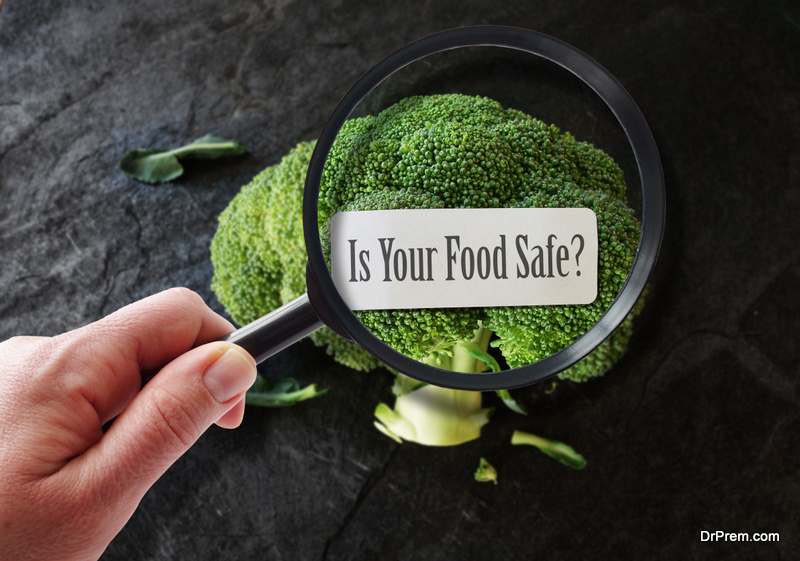Eating is something most people do three or more times a day, yet there is so much confusion about what people should put into their mouths. And even when we know what we should be eating, overcoming urges to pull into a drive-thru at every corner can make it difficult to stick to self-established diets. Changing our diets to focus on whole foods can be the greatest choice we make for our health. But what exactly is clean eating? It is tough to know, with so many different fad diets and social media influencers giving bad nutrition advice everywhere you look. Contrary to what many may say, clean eating isn’t complex.
1. Clean Eating Begins at Home
 Clean eating can be described in a few different ways. One definition is to eat only things cooked at home, or, at the very least, by another person. Food produced in factories in great numbers has a higher chance of contamination. This comes down to probability, but meals and treats made at home are almost always healthier than those bought at the store. Processed foods contain extra ingredients meant to lengthen shelf life and maintain food appearance over long periods of time. This is great for the manufacturers but not necessarily for your health. Not only is this a good way to lower your grocery bill, but it will ensure you are getting quality ingredients and nutrition from what you’re eating. A trick to remember this rule is that something isn’t food if it has the same name in every language. Looking at you, Cheetos.
Clean eating can be described in a few different ways. One definition is to eat only things cooked at home, or, at the very least, by another person. Food produced in factories in great numbers has a higher chance of contamination. This comes down to probability, but meals and treats made at home are almost always healthier than those bought at the store. Processed foods contain extra ingredients meant to lengthen shelf life and maintain food appearance over long periods of time. This is great for the manufacturers but not necessarily for your health. Not only is this a good way to lower your grocery bill, but it will ensure you are getting quality ingredients and nutrition from what you’re eating. A trick to remember this rule is that something isn’t food if it has the same name in every language. Looking at you, Cheetos.
2. Have a Healthy, Well-Balanced Diet
Cooking at home allows you to experiment with different ingredients and flavors. It is fun to find recipes to work with new ingredients or ones you already have. Eating a variety of different plants and protein sources will make sure you are getting a well-balanced diet, with all the micro-nutrients and phytochemicals your body needs. And with clean flavor companies like Monin Clean Label, it is easy to replicate any tastes that you may desire. Eating a healthy diet can transform our whole lives, from how we look to how we feel.
3. Think About Caloric Density
 Clean eating also impacts what is known as the caloric density of the foods that we eat. Caloric density is how many calories per gram or bites a food has. Carbohydrates and protein have 4 calories per gram, and fat has 9 calories per gram, so foods higher in fat are naturally higher in calories. Oil and butter, which are almost 100% fat, carry 100 to 120 calories per tablespoon. In comparison, you would need to eat five medium carrots to get the same number of calories as in one tablespoon of oil.
Clean eating also impacts what is known as the caloric density of the foods that we eat. Caloric density is how many calories per gram or bites a food has. Carbohydrates and protein have 4 calories per gram, and fat has 9 calories per gram, so foods higher in fat are naturally higher in calories. Oil and butter, which are almost 100% fat, carry 100 to 120 calories per tablespoon. In comparison, you would need to eat five medium carrots to get the same number of calories as in one tablespoon of oil.
Every food has a balance of the three macro-nutrients, in varying amounts. Clean foods are naturally low on the caloric density scale, as they are low in both fat and net carbohydrates. These foods are also more filling than the various processed foods found on the shelf, as they are high in fiber. Fiber is a forgotten hero of nutritional health, as it has a role in blood sugar, digestive health, as well as keeping you full and not tempted to snack. Eating clean naturally increases fiber intake and lowers caloric density. If done correctly, it means you can eat more food and fewer calories at the same time.
4. Consider Whole Foods When You Eat
Clean eating can also be described as reliance on whole foods. Though there can be a lot of gray area here, whole foods are the form of ingredients that are found naturally, or as close to it as possible. Fruits and vegetables are examples of whole foods; whereas, white flour isn’t. The flour is a ground-up, bleached version of the natural wheat kernel and through its processing, nutrients are lost. Of course, more obvious examples of non-whole foods would be the majority of unpronounceable ingredients found in packaged snacks and frozen treats that carry a long ingredient list of isolated compounds.
5. Chemicals and Food Additives
 Eating clean may seem extreme and even unnecessary to some, especially because things made in a laboratory aren’t necessarily bad for health. The truth is that no matter the extent of research that is done on particular chemicals and food additives, they cannot replace the food that we as humans have been eating for thousands of years. In the last half-century, people throughout the developed world started gaining weight and other chronic conditions detrimental to health.
Eating clean may seem extreme and even unnecessary to some, especially because things made in a laboratory aren’t necessarily bad for health. The truth is that no matter the extent of research that is done on particular chemicals and food additives, they cannot replace the food that we as humans have been eating for thousands of years. In the last half-century, people throughout the developed world started gaining weight and other chronic conditions detrimental to health.
While many food manufacturing companies have pointed to the lower activity level of today’s desk-jockeying public, the truth is that we are, on average, moving just as much as those two or three generations ago. Researchers at Harvard Medical School have pointed out that not only have portion sizes increased but so have meal frequencies and daily caloric intakes. Obesity and its associated conditions come down to how much food we are eating and how often. However, this can be altered by adjusting the caloric density of our food. By eating clean, people can eat more food, feel full, yet lose weight.
Article Submitted By Community Writer




